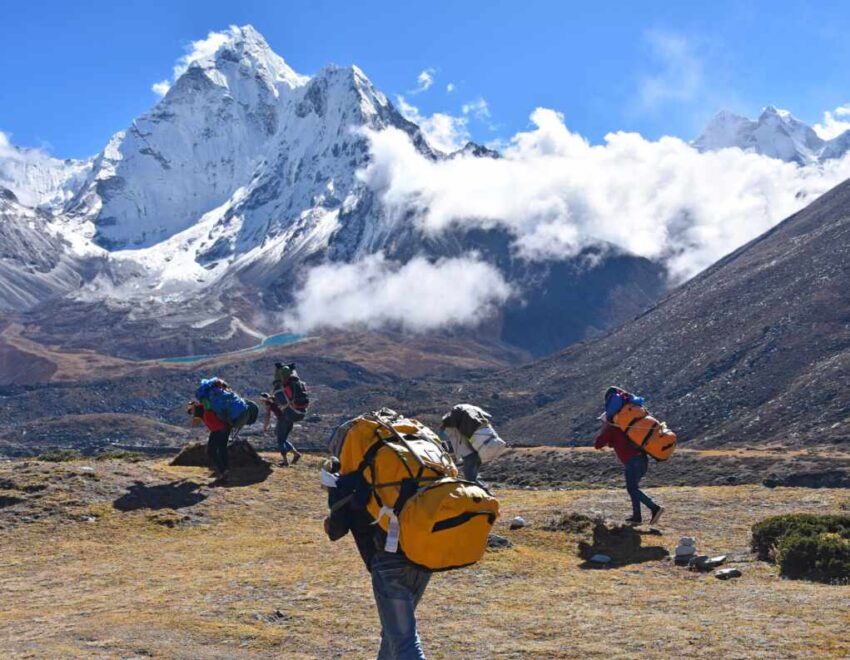How far would you push yourself to climb the equivalent of Mount Everest? For one New York City banking executive, that question ended in tragedy.
At a Glance
- Slava Leykind, a 43-year-old banking executive, died after an “Everesting” challenge.
- The cause of death was an electrolyte imbalance leading to cardiac arrest.
- “Everesting” involves repeatedly climbing a hill until reaching Everest’s elevation.
- His death raises questions about the safety of extreme endurance events.
The Rise of Extreme Endurance Events
The “Everesting” challenge was born in the cycling community in 2014, a feat of endurance where participants ascend and descend a hill until matching the elevation of Mount Everest, standing at 29,029 feet. What started as a cycling endeavor has expanded into running and hiking, luring thrill-seekers worldwide. Snow King Mountain in Jackson Hole, Wyoming, has become a hotspot for these events, with participants tasked to hike its 1,500-foot ascent 19 times, riding a gondola down after each climb. This grueling challenge has captured the imagination of many but also poses significant physical risks.
In June 2025, Slava Leykind, a banking executive from Westport, Connecticut, took on this daunting challenge. He completed six ascents before suffering cardiac arrest. Emergency responders rushed him to Eastern Idaho Regional Medical Center, where he succumbed to his condition on July 2, 2025. His death, attributed to an electrolyte imbalance, underscores the harsh realities of extreme endurance activities.
Who Was Slava Leykind?
Slava Leykind was not just a participant; he was a seasoned banking executive at CG Sawaya Partners in New York, a dedicated husband to Amy Keller Leykind, and a father to Charlotte, Eloise, and Jonah. Known for his professional diligence and personal dedication, Leykind’s tragic demise has left a void in both his family and professional circles. His participation in the “Everesting” challenge was driven by a personal quest for achievement, a trait admired by many who knew him.
His family and colleagues are now faced with navigating life without him, focusing on his legacy and the well-being of his loved ones. Event organizers and Snow King Mountain management, meanwhile, are under scrutiny to evaluate their safety protocols to prevent future tragedies.
Raising the Bar or Setting the Stage for Tragedy?
Extreme endurance events like “Everesting” push physical and mental boundaries, appealing to those seeking unparalleled personal achievement. However, they also come with inherent risks, as Leykind’s death painfully highlights. While fatalities in these events are rare, the combination of intense physical exertion and environmental stressors can lead to severe medical emergencies.
This incident has sparked discussions about the responsibilities of event organizers in ensuring participant safety. Medical experts emphasize the importance of pre-event health screenings and real-time monitoring to mitigate risks such as electrolyte imbalances, which can result in cardiac arrest. The absence of immediate regulatory or procedural changes following Leykind’s death raises questions about how seriously these concerns are being taken.
What Lies Ahead?
In the short term, Leykind’s passing has had a profound impact on his family, friends, and colleagues, prompting a reevaluation of safety measures at extreme endurance events. The incident has also brought increased scrutiny to the organizers of such events, who must balance the allure of challenge with the imperative of safety.
Long-term implications may involve revised safety protocols and heightened awareness of medical risks associated with such challenges. The endurance sports industry might face calls for enhanced medical support and participant education on risks like electrolyte imbalance and cardiac health.
Click this link for the original source of this article.
Author: Editor
This content is courtesy of, and owned and copyrighted by, https://republicanpost.net and its author. This content is made available by use of the public RSS feed offered by the host site and is used for educational purposes only. If you are the author or represent the host site and would like this content removed now and in the future, please contact USSANews.com using the email address in the Contact page found in the website menu.








